
New book details saga of two CIA officers, Jack Downey and Richard Fecteau, who were imprisoned for 19 years in China following a botched covert operation in the “Asian Bay of Pigs.”
Six years ago, The New York Times reported that the Chinese government systematically dismantled CIA spying operations in the country starting in 2010, killing or imprisoning more than a dozen sources over two years and crippling intelligence gathering there for years afterward.
While one might regard China’s actions as harsh, the CIA has been working in vain since 1949 to overthrow the People’s Republic of China (PRC), which was established with the victory of the Chinese Communist Party (CCP) over the Guomindang (GMD) in China’s civil war.
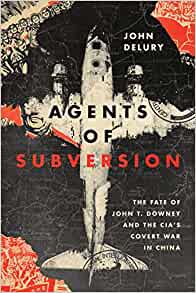
A new book by John Delury,[1] Agents of Subversion: The Fate of John T. Downey and the CIA’s Covert War in China (Ithaca: Cornell University Press, 2022), tells the story of two CIA officers, Jack Downey and Richard Fecteau, who were imprisoned for nineteen years after they were captured in a botched covert operation in China’s Changbai Mountains straddling the border with North Korea in November 1952 during the Korean War.
Downey was a freshly minted Yale University graduate from Connecticut (class of 1951) and Fecteau, a 27-year-old graduate of Boston University.
Both men played varsity football for their respective schools and were great athletes.
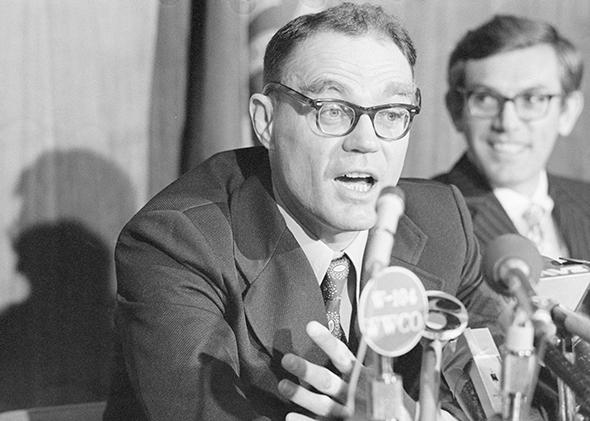
Their CIA unit ran Chinese Third Force agent teams out of Manchuria; their mission was to penetrate Communist China and foment insurrection.
Many of the Chinese agents were former Guomindang fighters. The CIA was trying to mold them into a democratic third party alternative to both the CCP and Guomindang who were considered to be two sides of the same authoritarian coin.
Guomindang leader Jieng Jieshi had been set up by the U.S. as the dictator of Taiwan (Formosa), though was viewed in liberal circles as a political embarassment because of his corruption and brutality.
On the fateful night of their capture, Downey and Fecteau rode in a C-47, manufactured by Douglas and operated by the CIA’s proprietary airline, Civil Air Transport (CAT).
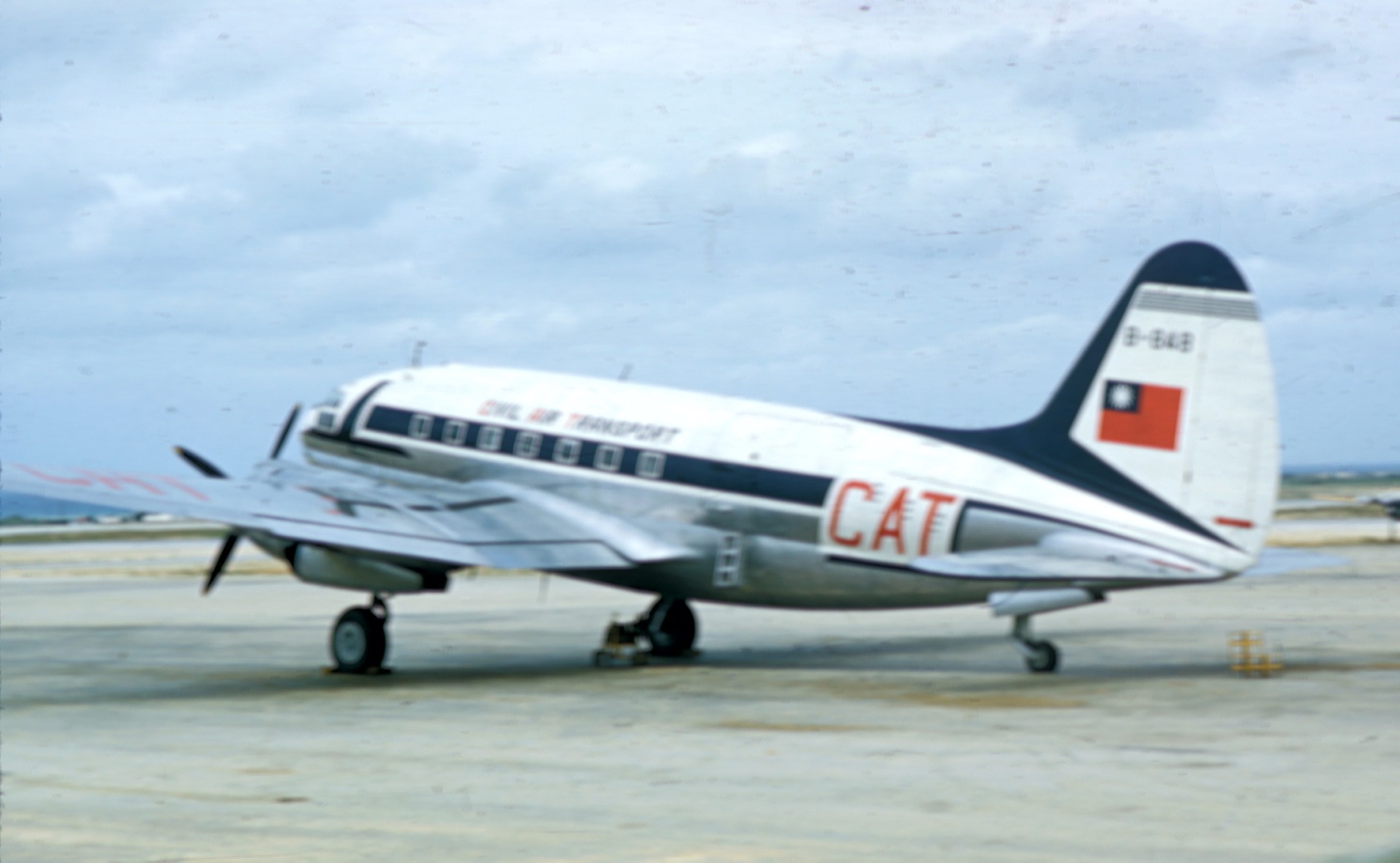
The crew’s mission had been to retrieve a secret agent, Li Junying, a 44-year-old Guomindang officer who had been dropped into China in August with the purpose of linking up with a pair of five-man teams to foment counter-revolution against Mao Zedong and the PRC.
Li had fled to Hong Kong after Jiang’s defeat in China’s civil war from where he had been recruited by the CIA into the clandestine Third Force and then transported to a secret base on the Western Pacific island of Saipan for paramilitary training before being moved to another CIA facility near the U.S. Navy airfield outside Tokyo.
Downey and Fecteau had planned to extract Li with a device that involved a hook snagging a line between two upright poles on the ground.
Li was connected to the line by a harness fastened to his backpack. Once the hook caught the line, and the agent was jerked off the ground, Downey and Fecteau were to reel Li into the aircraft like a fish. The CAT pilots would then whisk him back to the CIA’s Atsugi Base in Japan for debriefing.
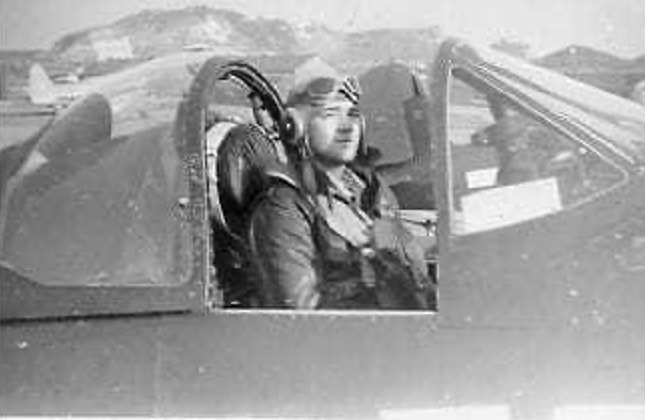
Delury writes that, if the idea of this mission “sounded like something out of a [James] Bond film, that’s because it later became one. In the final scene of Thunderball (1965), Sean Connery’s 007 delays an embrace with Domino in order to attach her to a harness as she looks on quizically. The next moment, they are whisked away into the air using a modified version of the no-landing pickup known as the ‘skyhook system.’”
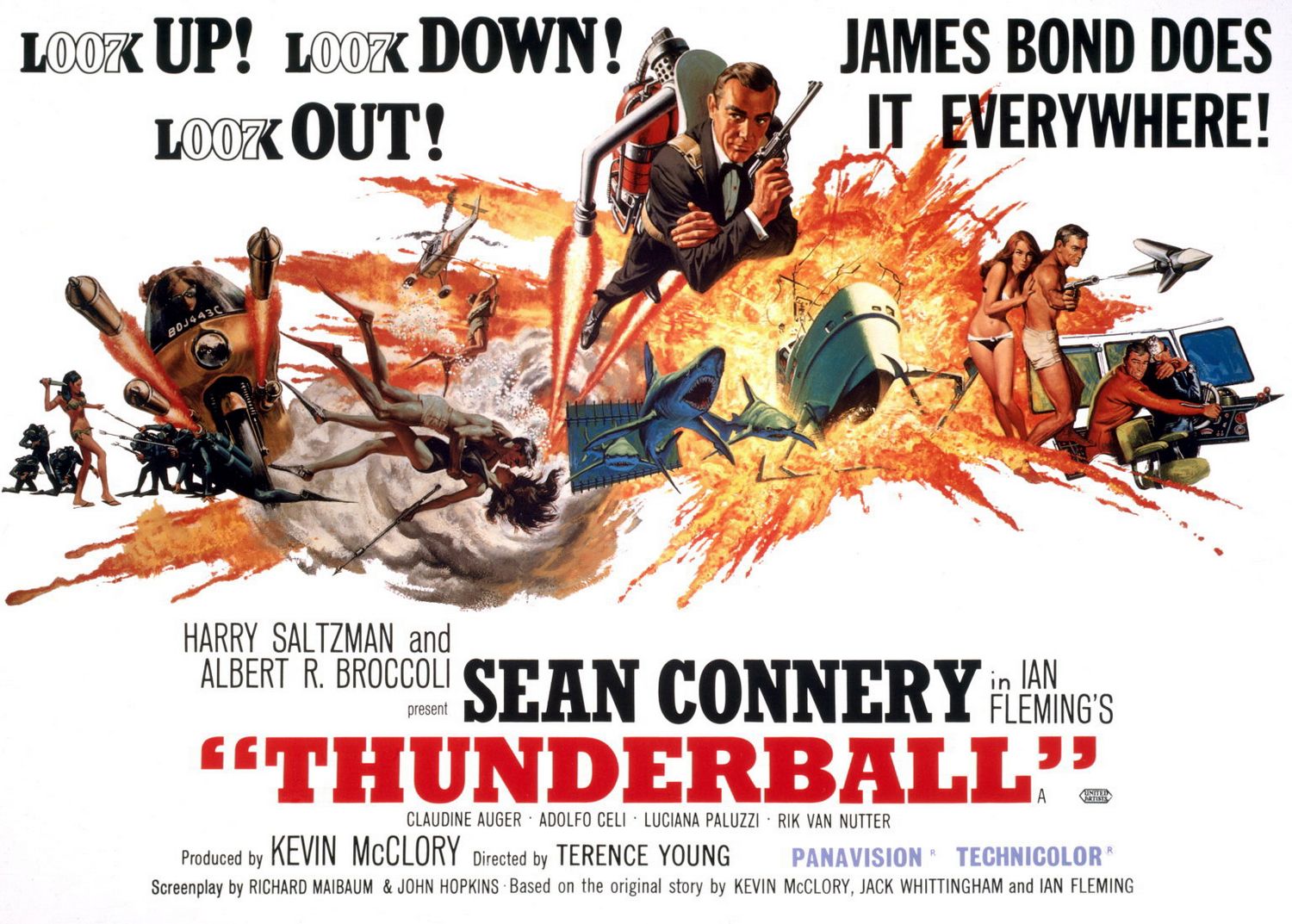
According to Delury, Bond made it look easy but, in real life, it did not work out so well.
When the CAT-47 approached Sandao Gully, Downey and Fecteau could make out a triangle of small fires, Li’s ground signal for the go-ahead. However, it was not Li Junying lying on the snow-packed ground—he was in the custody of the Chinese public security officers who had been alerted to his clandestine subversion mission—but rather People’s Liberation Army (PLA) troops.[2]
The CIA after-action report concluded that the Third Force operatives “had been turned immediately after being dropped into China” and Downey’s mission was a trap.
As the plane neared the ground and Downey and Fecteau prepared to drop their hook, these troops opened fire on the C-47, which careened down to the hard earth, crashing down into a bank of trees.
The two CAT pilots, Norman Schwartz, a Louisville, Kentucky, native and recipient of the Distinguished Flying Cross in the Pacific theater of World War II, and Robert Snoddy, a Purple Heart winner from Oregon, were killed though Fecteau and Downey emerged from the crash with just bruises and scrapes.
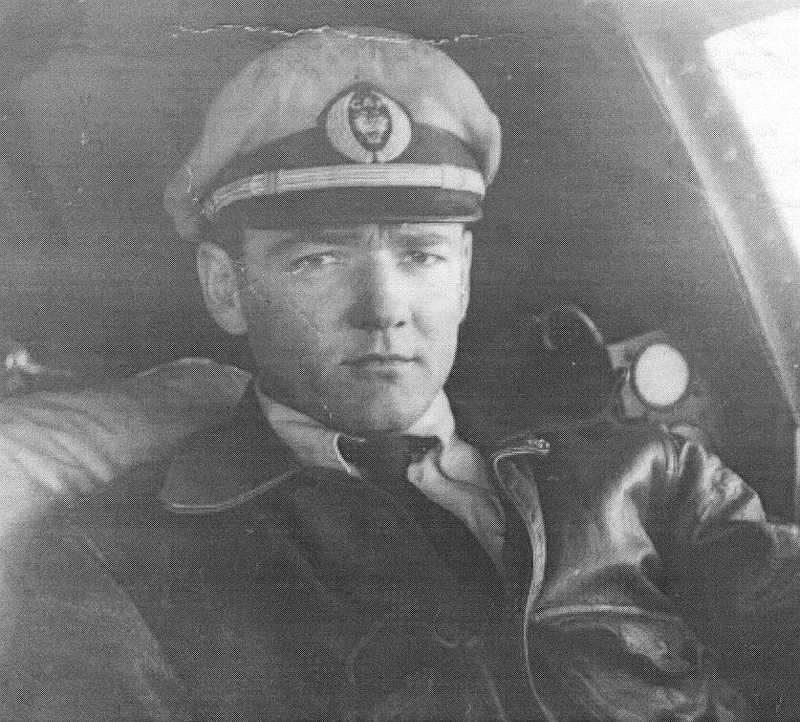
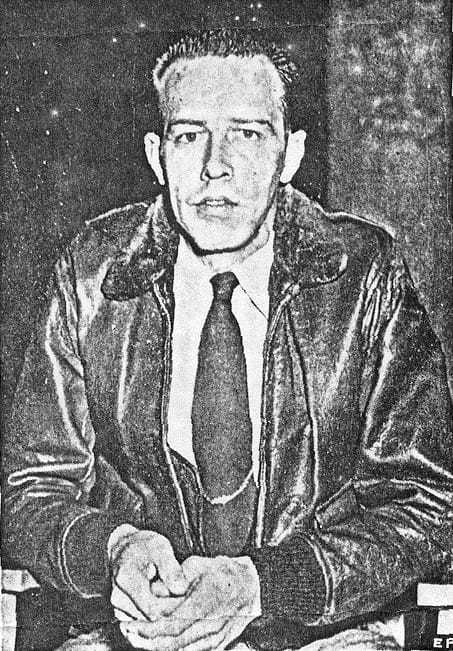
A grainy photograph captures the moment when the two CIA spies were caught red-handed, hands behind their backs, in the winter wilderness of Red China, day one of the the longest known imprisonment of American intelligence officers by a foreign government.
After their capture, a Chinese security guard told Fecteau and Downey in English: “Your future is very dark.” Which indeed it was.
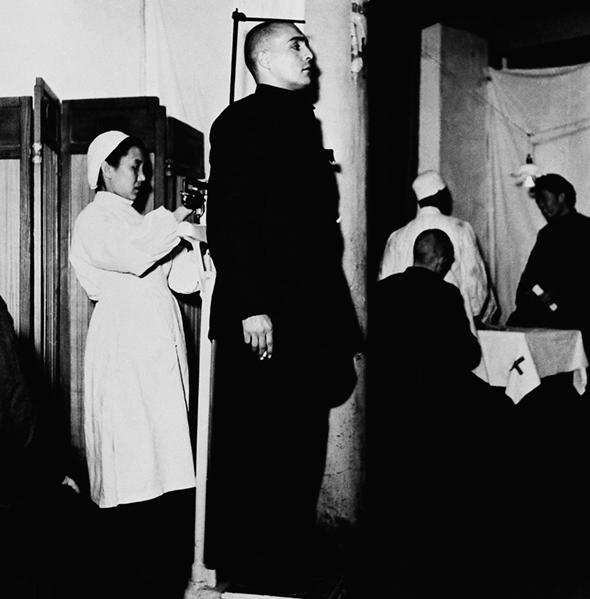
The two men were interrogated for five months and then kept in prison for 19 years. They endured spartan living conditions, solitary confinement and physical and psychological distress by their captors who wanted to make them loyal to the CCP.
The CIA initially claimed that Downey and Fecteau had disappeared on a commercial flight from Japan to Korea over the Japan Sea and even staged a rescue operation over the fake crash scene.
After a long campaign by their mothers to free them, Fecteau was released from captivity in December 1971 and Downey two years later, in March 1973, after President Richard Nixon had visited China and moved to normalize diplomatic relations under a détente policy.[3]
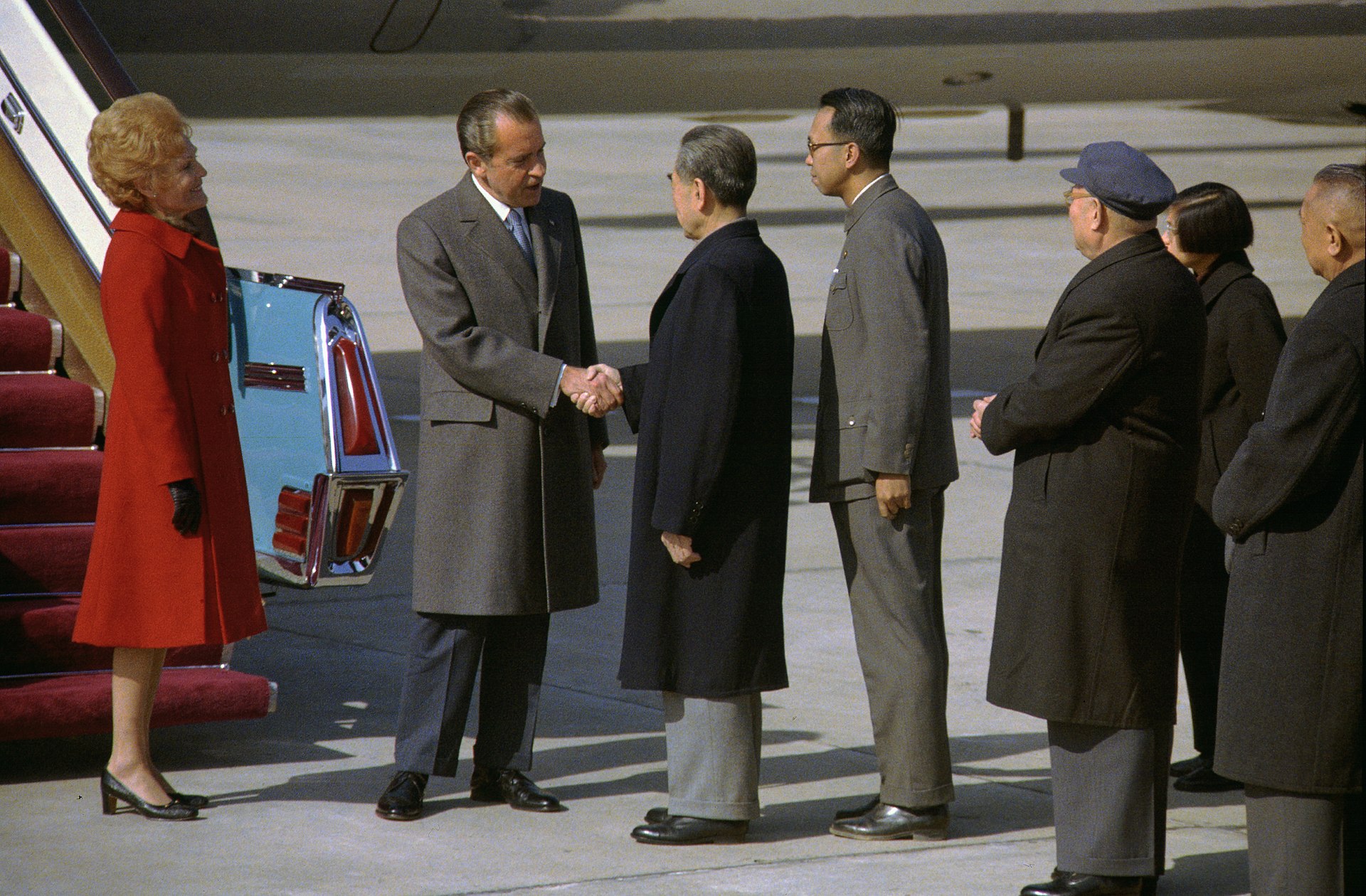
From Yale to a Far Eastern Jail
By that time, the zealous anti-communist political culture of the early Cold War that had led Downey and Fecteau to join the CIA had receded.
Downey had been particularly influenced by his experience at Yale, an institution that had deep missionary ties to China, an identity as a bulwark of liberal values in Cold War America, and which was an important recruiting ground for the CIA.[4]
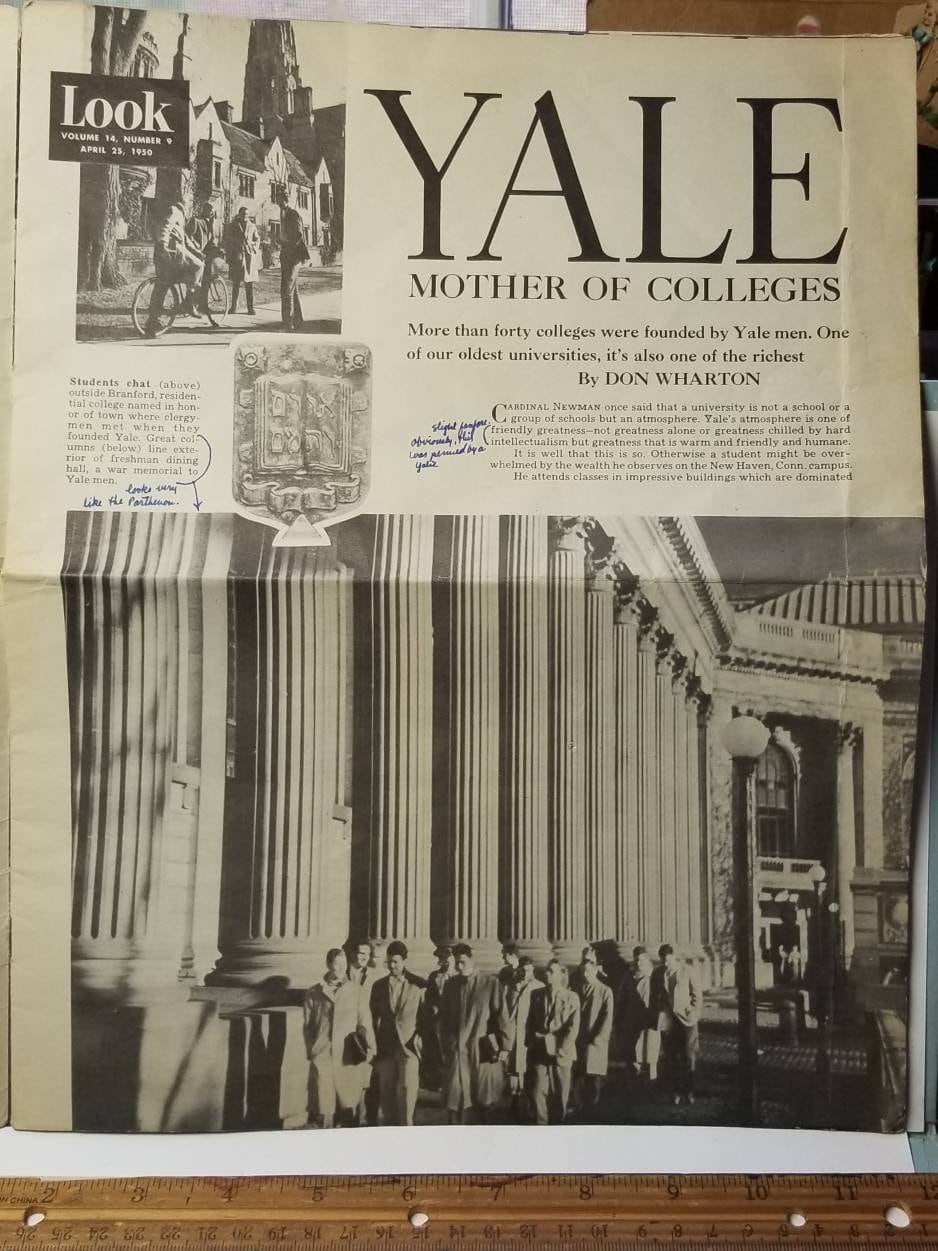
According to James Lilley, a CIA officer appointed as U.S. Ambassador to China by President George H.W. Bush, Downey was one of about 100 classmates who signed up for the Agency in 1951.

Some of these young men were looking for better odds to survive the Korean War than as infantrymen, while others were drawn in by the growing allure of the secret agent in the popular culture of Cold War America.[5]
After graduation, Downey trained to be a paramilitary CIA officer at Fort Benning, Georgia, and at the CIA’s training camp outside Williamsburg, Virginia, Camp Peary, known as “the Farm.” There he learned spycraft and para-military techniques and sat through lectures on “the international virus of communism,” and methods of psychological warfare.
![[Image]](https://covertactionmagazine.com/wp-content/uploads/2023/07/image.jpeg)
After passing his course, Downey was sent to Japan to train ex-Guomindang agents based in Hong Kong to carry out covert operations against the PRC under Operation Merlin.
In the spring of 1952, he visited a secret CIA para-military training facility in Saipan and selected eight men from Manchuria to head back with him to CIA regional headquarters in Atsugi, Japan, where three more members joined his secret team.
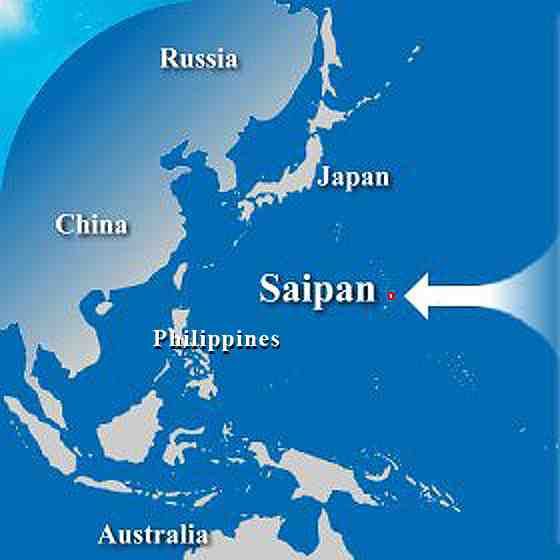
Atsugi was the hub for the CIA’s North Asia operations and for training of hundreds of Third Force agents in guerrilla tactics.
It was the center of what Delury describes as a “web connecting frontline stations in Seoul and Pusan, supply depots and training facilities in Okinawa, refugee recruitment operations in Hong Kong, myriad endeavors of Western Enterprises (a CIA front company) on Taiwan, and the training camp on Saipan.”[6]
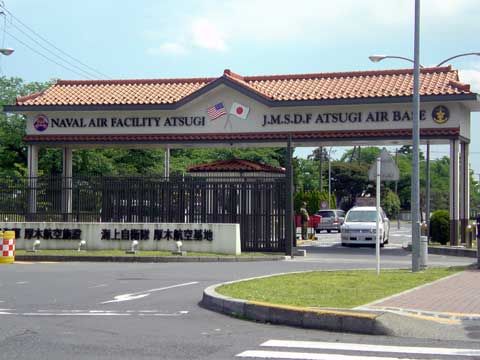
On August 14, 1952, Downey flew his first CAT mission into China, which involved dropping two crates stuffed with a transmitter receiver, weapons, rations, medicine, gold bars and notes of encouragement for Li Junying’s team.
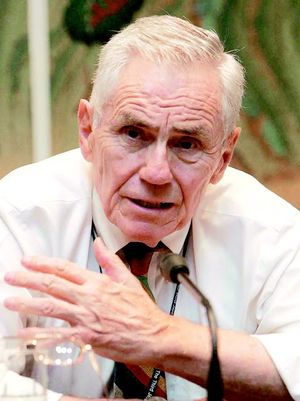
Downey was told that, if he was ever caught, he had to say the mission was unauthorized and that he just went along for the fun and games.
CIA officer Donald Gregg had dinner with Downey the night before the November follow-up mission where Junying was to be picked up with the hook. Gregg remembered that “Jack was in high spirits as at last [he was] going to see some action.”[7]
Downey and Fecteau became involved only at a late stage of the planning, and had to be hurriedly trained for the unorthodox operation, which was to be their last.
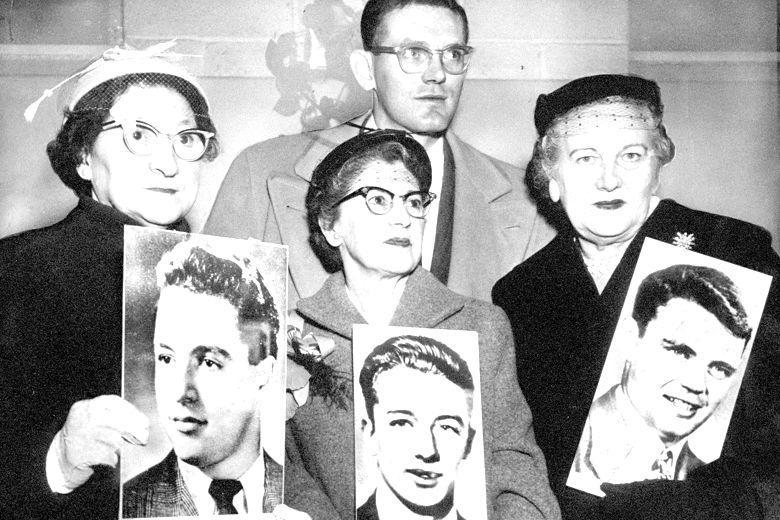
Democratic Third Force
The promotion of a democratic Third Force alternative to right-wing authoritarian governments—like that led by Jieng in Taiwan—and communists, was an extension of American efforts to promote a non-communist left in Europe and Latin America.
It was the brainchild of liberal intellectuals like Arthur Schlesinger, Jr., who wrote the book The Vital Center, and was supported in Asia by liberal China scholars John King Fairbank of Harvard University (Schlesinger’s brother-in-law) and Owen Lattimore, a John Hopkins University professor falsely accused by Senator Joseph McCarthy (R-WI) of heading a communist spy ring.[8]
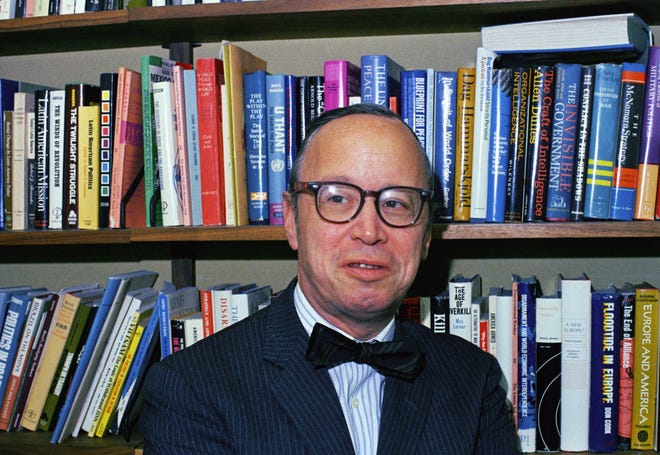
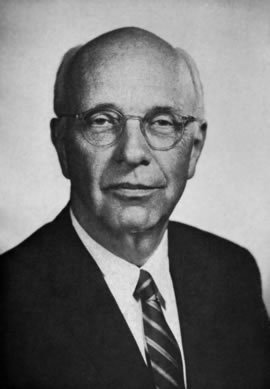
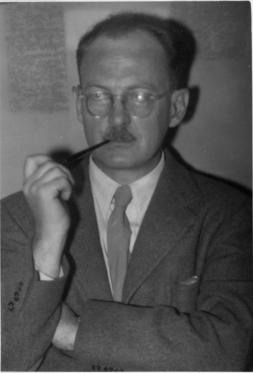
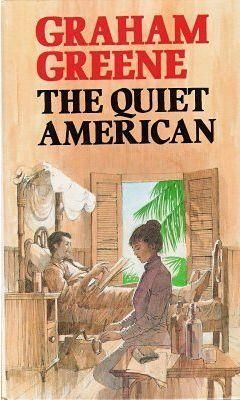
Graham Greene’s Cold War novel, The Quiet American, showed the underlying imperialist pretensions of American proponents of the Third Force in Vietnam who subscribed to the illusion that they could manufacture a political candidate in a foreign country suiting their tastes out of whole cloth.
In reality, America’s liberal imperialists resembled their counterparts from the European colonial empires who trampled on the sovereignty of Third World countries that multinational corporations were intent on exploiting, and adopted devious and violent methods to try to advance their political aims.
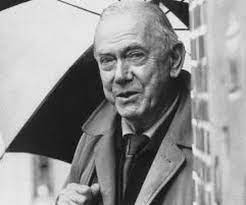
The lead character in Greene’s novel, Alden Pyle, characteristically sets up terrorist attacks that are to be blamed on the left-wing forces the U.S. wants to discredit in an attempt to engender public support for a corrupt general with very limited public support.
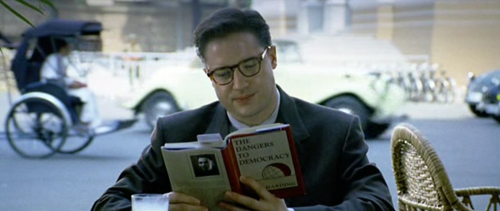
Greene’s novel was prescient in dissecting the imperial illusions undergirding U.S. foreign policy in Vietnam and China—as Delury’s book shows.
The persons recruited into the Third Force by the CIA to carry out clandestine operations into China were primarily ex-Guomindang officers with shady reputations who had only marginal popular support at best within China.
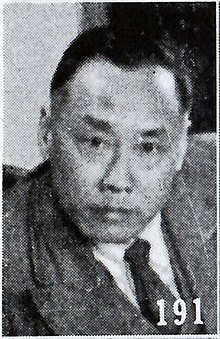
Delury suggests that the U.S. saw great promise in Zhang Junmai (aka Carsun Chang), a protégé of Liang Qichao, a Ching dynasty reformer who had formed the China Democratic League which had to operate underground in China for years due to the authoritarian strictures of the Guomindang.
General George C. Marshall had relied on Chang and members of his Democratic League as mediators in an attempt to broker peace between the Guomindang and CCP, referred to them as “splendid men.”
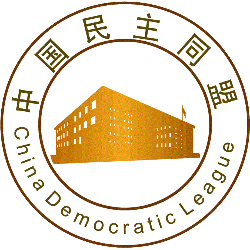
However, John Stuart Leighton, the U.S. Ambassador to China from 1946 to 1949 who knew Carsun from Yenching University, wrote in his memoir that third-party efforts like his were “woefully impractical” and “pathetic.” They “lacked funds and a constituency, and the people acted so individualistically and suspicious and jealous of one another and timid” that they “lacked capacity for cohesion and effective action.”
“Not unlike our own discredited practice of spoils of office,” Leighton further wrote, “these minor parties wanted jobs for their members, nor were the new ministers and their subordinates any improvement over the displaced Guomintang.[9]
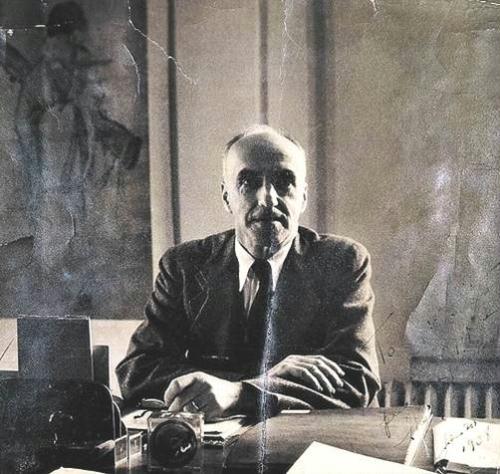
CIA-Backed Counter-Revolution
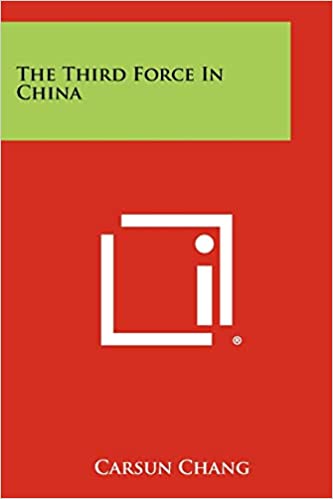
In 1952, Chang published a book called The Third Force in China. He then co-authored a 12-point manifesto on behalf of the Hong Kong-based Fight League for a Free and Democratic China, which “resolved to overthrow the totalitarian and party-dictatorship as practiced by the Chinese Communist regime” and replace it with a “liberal democratic government and socialist economic system.”
Chang’s writings attracted the support of the CIA, which provided financing for Third Force groups that were trained at the secret CIA training camp in Saipan that Downey had visited, and then parachuted into China on spy missions, in which they sometimes carried out terrorist acts, including the sabotage of critical infrastructure.
The operations were modeled after those of the Office of Stategic Services (OSS) Jedburghs that went behind Nazi lines in World War II, and CIA rollback operations in Eastern Europe which parachuted ex-Nazi collaborators behind Soviet lines in Eastern Europe in failed efforts to foment insurrections against pro-Soviet governments that had taken root there.
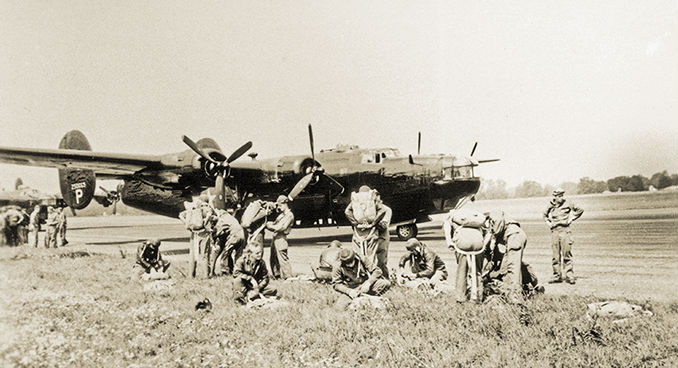
In Taiwan, the CIA helped establish para-military training camps under the direction of Jieng Jieshi’s son, Jiang Jingguo (Chiang Ching-kuo), who believed that “to talk peace with the Chinese Communists is to invite death.”
The CIA-backed operation out of Taiwan, code-named Octopus, involved aerial surveillance, leaflet drops and commando infiltrations of the Chinese mainland along with para-military covert action.
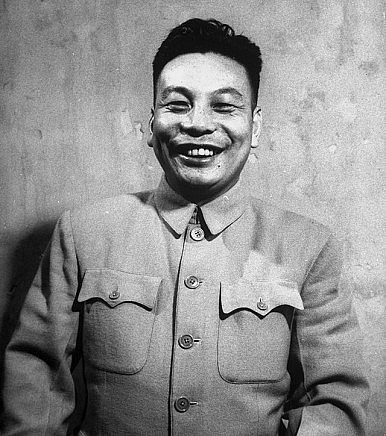
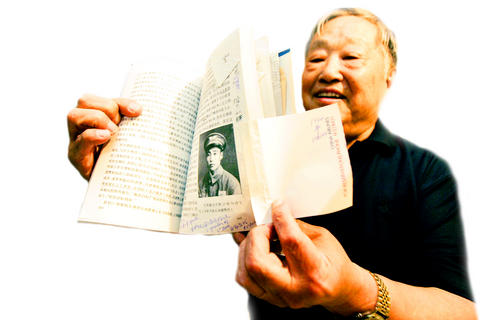
The CIA-front organization Western Enterprises Inc. employed 600 personnel in Taiwan who “provided guerrilla training, logistical support, over-flight capabilities, facilities for propaganda coverage of the mainland by radio and leaflet balloon and doing others tasks,” according to CIA Officer Joseph Smith.
James Lilley remembered that the CIA received “virtually unlimited funding for its collaborative efforts with Taiwan’s intelligence and special operations units.”[10]
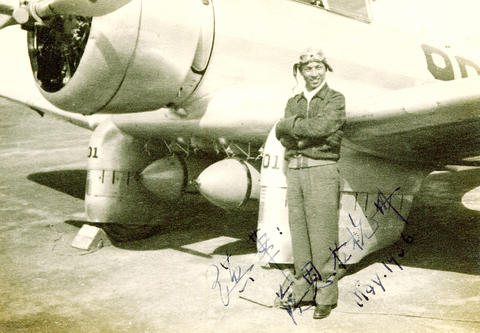
Operation Paper, run out of Burma, involved training and equipping ex-Guomindang soldiers and ethnic minority groups who financed themselves through control of the regional opium trade.
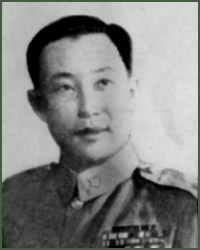
The Burmese government was outraged that the U.S. was covertly supporting a renegade Chinese army inside its borders, and took the matter up before the United Nations.
According to CIA analysts, restive frontier regions in China seemed most ripe for resistance to the PRC along with the Muslim-majority Xinjiang Province in the far northwest bordering the Soviet Union. The CIA also tried to exploit the grievances of the Tibetan lamas, supporting Tibetan Khamba tribesmen who revolted against the PRC.

According to internal CCP reports, one bizarre scheme called for lepers from Hong Kong, armed with U.S. weapons, to be infiltrated by boat at night and wreak havoc on villages in Guangdong Province.
Optimistic assessments in Washington estimated that U.S.-backed Nationalist para-military operations were “immobilizing as many as two hundred thousand Communist troops that might otherwise be free to join the fight in Korea.”[11]
However, many infiltration parties disappeared without a trace. According to CIA records, of 212 Third Force agents of subversion air-dropped into China during the Korean War years, 111 were captured and 101 killed.[12]
Chairman Mao’s Minister of Public Security, Luo Ruiqing, had worked to create a nationwide surveillance infrastructure to ferret out the saboteurs that included large numbers of checkpoints, and residency card and household registration systems.
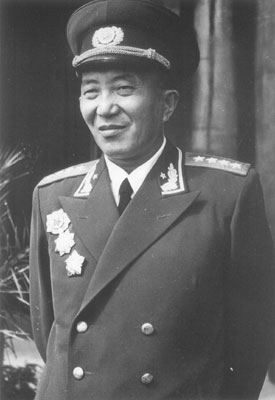
Citizens were also mobilized to monitor one another, with the Maoist practice of self-criticism encouraging individuals to create their own dossiers.[13]
Delury writes that “the threat posed by subversive operations helped the CCP make the case in relentless propaganda railing against special agents sent by the American imperialists and the bandit Chiang.”
The covert mission also seemed to bear out Mao’s quip that “the United States of America supplies the money and guns and Chiang Kai-shek the men to fight for the United States and slaughter the Chinese people.”[14]
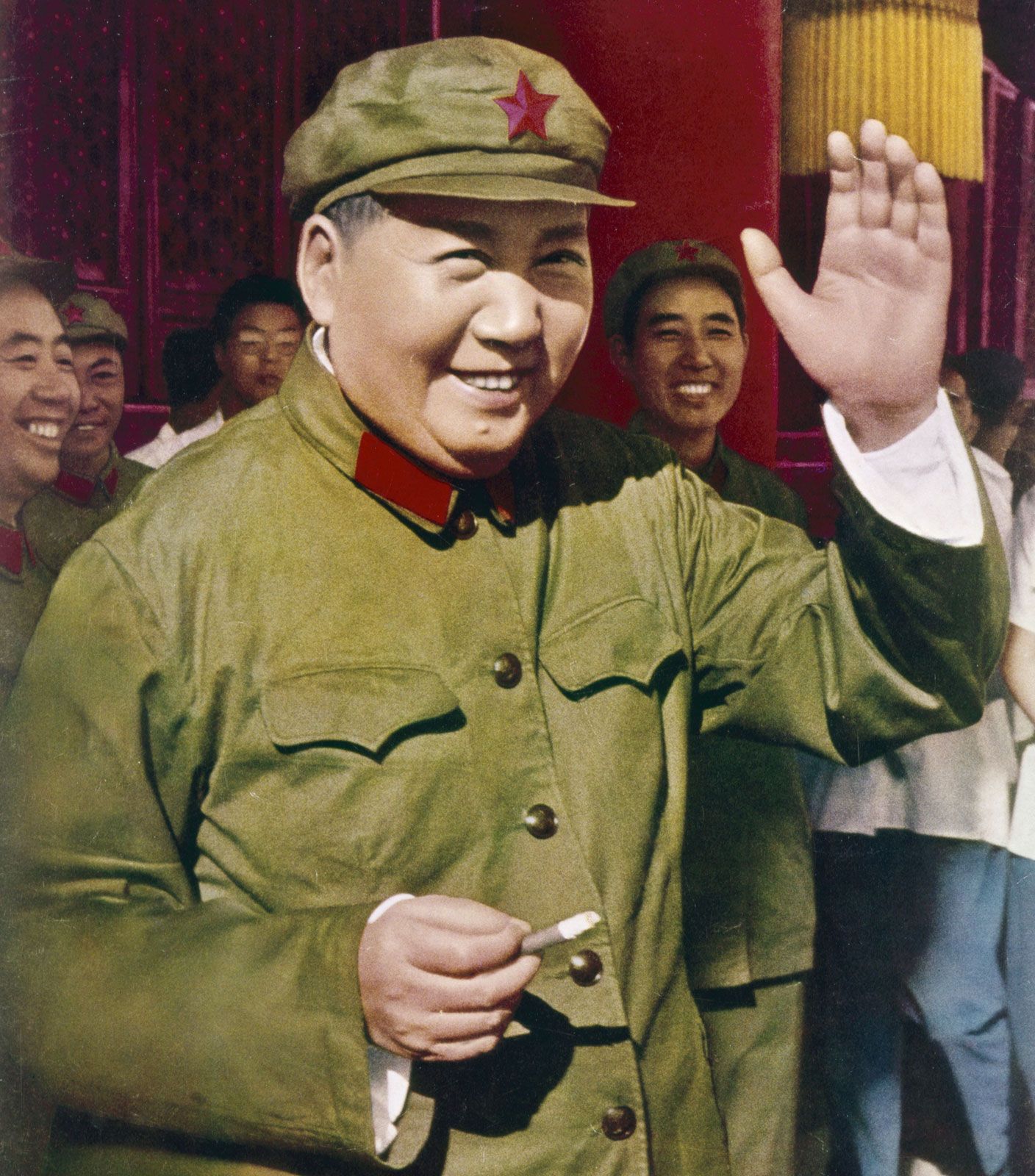
Lessons for Today
Today, American leaders consistently claim the moral high ground with China, depicting it as menacing and threatening and casting it as an aggressor. Buried is the history of CIA subversion operations that landed Downey and Fecteau in prison—along with more recent provocations.
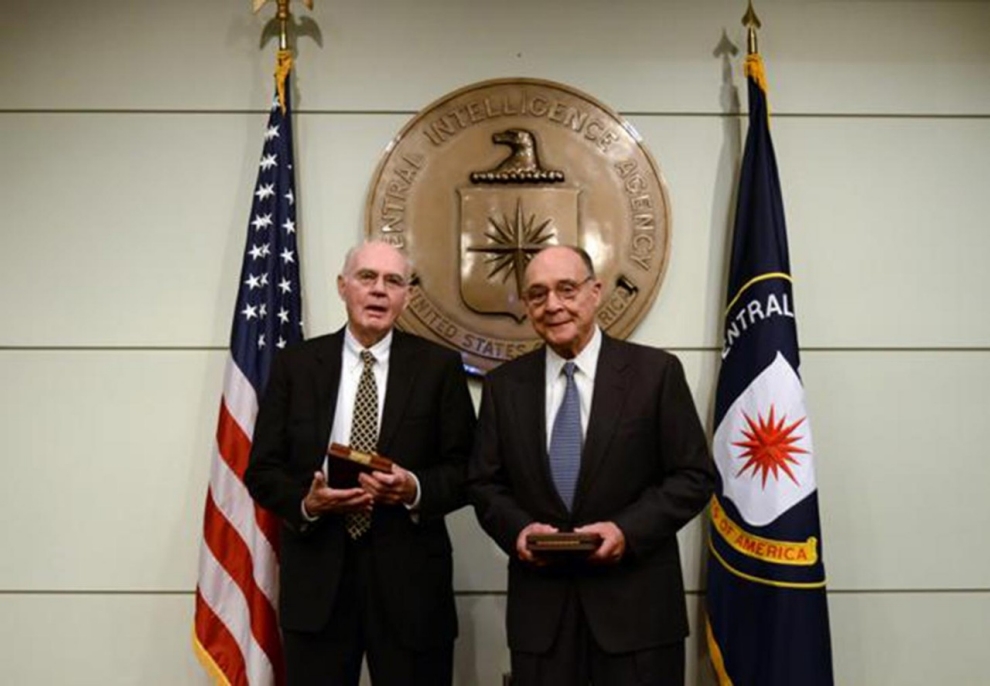
Chinese leader Xi Jinping celebrated the centenary of the CCP in July 2021 by invoking the memory of how “in the process of socialist construction, we overcame subversion, sabotage and armed provocation by imperialist and hegemonic powers.”
Xi warned that “the Chinese people will never allow foreign forces to bully, oppress or enslave us….Whoever nurses delusions of doing that will crack their heads and spill blood on the Great Wall of steel built from the flesh and blood of 1.4 billion Chinese people.”[15]
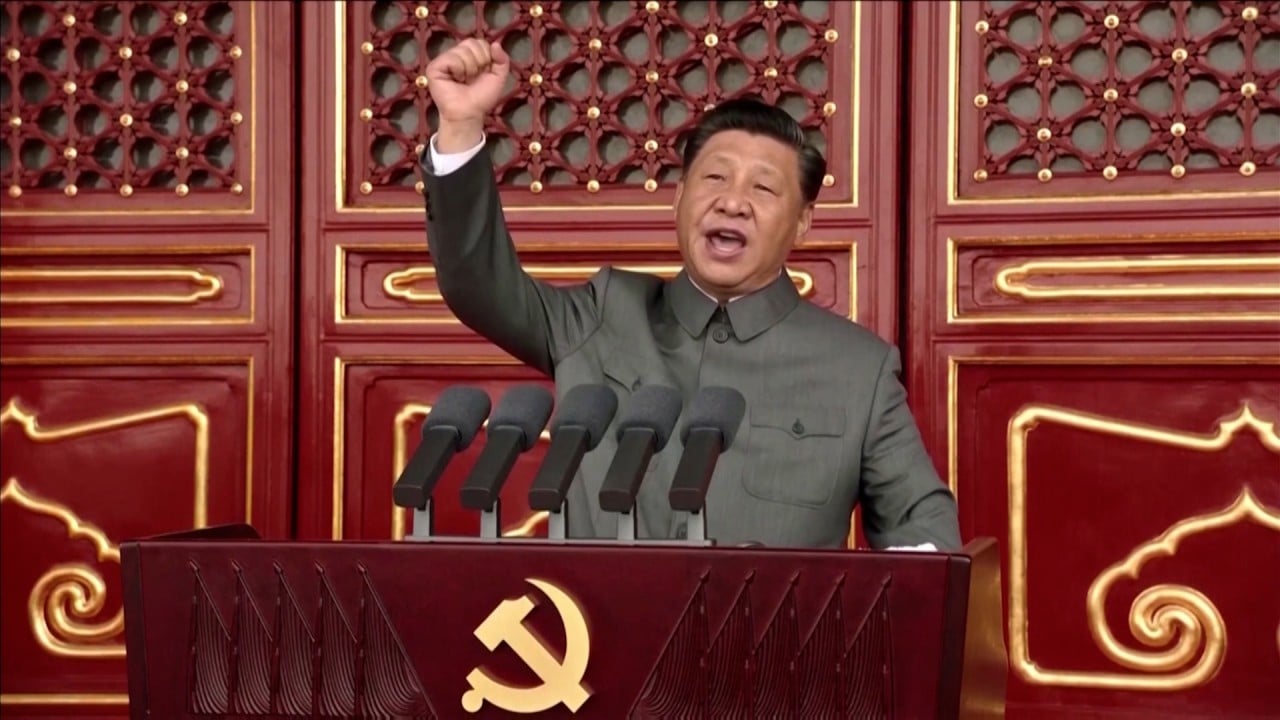
The latter indeed is the fate in store for Americans if U.S. government plans for war with China proceed and the subversion operations of the early Cold War are revitalized.

-
John Delury is a Professor of Chinese Studies at Yonsei University in Seoul, South Korea. ↑
-
Other members of the secret teams of agents were either captured, turned or killed, and their guns, gold and counter-revolutionary paraphernalia were seized. Thanks to the cooperation of the radio operator, the CIA had no idea anything was awry with their covert mission in the Manchurian wilderness. ↑
-
Downey became a judge in New Haven specializing in juvenile detention after graduating from Harvard Law School and ran unsuccessfully for Lieutenant Governor of Connecticut in 1978 as a Democrat and for the U.S. Senate in 1982. He married a Chinese woman, Audrey Lee, who had lived near where he had been incarcerated in Shenyang, having a son with her. Fecteau went on to work at his alma mater, Boston University, as an assistant athletics director. ↑
-
Downey majored in English at Yale. Before that he went to the elite Connecticut-based prep school, Choate, from which he graduated in 1947. ↑
-
John Delury, Agents of Subversion: The Fate of John T. Downey and the CIA’s Covert War in China (Ithaca: Cornell University Press, 2022), 94, 95. Delury mentions Hollywood icon Gary Cooper’s scientist-turned-spy character in the Fritz Lang film, Cloak and Dagger (1946). ↑
-
Delury, Agents of Subversion, 173. ↑
-
Delury, Agents of Subversion, 195. ↑
-
As China experts, both Fairbank and Lattimore had attempted in the dark era of McCarthyism to provide a grounded assessment of the political situation in China and detailed the political strength of the Maoists and weakness and corruption of the Guomindang and cautioned against U.S. political interference in China. Later, both effectively criticized U.S. policy in Vietnam. Delury compares these two, in many ways admirable men, with Yale Professor of China Studies David Nelson Rowe, who adopted hawkish views toward China, calling for the U.S. to bomb it during the Korean War. Rowe staunchly supported the Guomindang government in exile in Taiwan, wrongly predicted the PRC’s demise in 1959, and testified before the House Committee on Un-American Activities (HUAC) against his fellow China experts, including Lattimore, accusing them of communist sympathies. In the late 1960s, Rowe testified as a Republican minority witness at hearings on the Vietnam War chaired by Senator William Fulbright (D-AR). He criticized the Kennedy and Johnson administrations for escalating the war too slowly and for bombing North Vietnam too sparingly, impeding victory. Rowe also alleged that the main professional association of Asia experts, the Association for Asian Studies, was a pro-communist organization, heir to the allegedly subversive Institute of Pacific Relations, against which he had testified in the Senate back in 1952. ↑
-
Delury, Agents of Subversion, 129. ↑
-
Delury, Agents of Subversion, 154. ↑
-
Delury, Agents of Subversion, 157. ↑
-
Delury, Agents of Subversion, 182. The PRC Ministry of Public Security claimed that 124 special agents had been captured and 106 killed from 1951 to 1954. ↑
-
Delury, Agents of Subversion, 177, 178. Mao at the time launched a broader campaign to suppress counter-revolutionaries which resulted in thousands of people being thrown into prison or killed. ↑
-
Delury, Agents of Subversion, 181, 182. ↑
-
Delury, Agents of Subversion, 111. ↑
CovertAction Magazine is made possible by subscriptions, orders and donations from readers like you.
Blow the Whistle on U.S. Imperialism
Click the whistle and donate
When you donate to CovertAction Magazine, you are supporting investigative journalism. Your contributions go directly to supporting the development, production, editing, and dissemination of the Magazine.
CovertAction Magazine does not receive corporate or government sponsorship. Yet, we hold a steadfast commitment to providing compensation for writers, editorial and technical support. Your support helps facilitate this compensation as well as increase the caliber of this work.
Please make a donation by clicking on the donate logo above and enter the amount and your credit or debit card information.
CovertAction Institute, Inc. (CAI) is a 501(c)(3) non-profit organization and your gift is tax-deductible for federal income purposes. CAI’s tax-exempt ID number is 87-2461683.
We sincerely thank you for your support.
Disclaimer: The contents of this article are the sole responsibility of the author(s). CovertAction Institute, Inc. (CAI), including its Board of Directors (BD), Editorial Board (EB), Advisory Board (AB), staff, volunteers and its projects (including CovertAction Magazine) are not responsible for any inaccurate or incorrect statement in this article. This article also does not necessarily represent the views the BD, the EB, the AB, staff, volunteers, or any members of its projects.
Differing viewpoints: CAM publishes articles with differing viewpoints in an effort to nurture vibrant debate and thoughtful critical analysis. Feel free to comment on the articles in the comment section and/or send your letters to the Editors, which we will publish in the Letters column.
Copyrighted Material: This web site may contain copyrighted material the use of which has not always been specifically authorized by the copyright owner. As a not-for-profit charitable organization incorporated in the State of New York, we are making such material available in an effort to advance the understanding of humanity’s problems and hopefully to help find solutions for those problems. We believe this constitutes a ‘fair use’ of any such copyrighted material as provided for in section 107 of the US Copyright Law. You can read more about ‘fair use’ and US Copyright Law at the Legal Information Institute of Cornell Law School.
Republishing: CovertAction Magazine (CAM) grants permission to cross-post CAM articles on not-for-profit community internet sites as long as the source is acknowledged together with a hyperlink to the original CovertAction Magazine article. Also, kindly let us know at info@CovertActionMagazine.com. For publication of CAM articles in print or other forms including commercial internet sites, contact: info@CovertActionMagazine.com.
By using this site, you agree to these terms above.
About the Author

Jeremy Kuzmarov holds a Ph.D. in American history from Brandeis University and has taught at numerous colleges across the United States. He is regularly sought out as an expert on U.S. history and politics for radio and TV programs and co-hosts a radio show on New York Public Radio and on Progressive Radio News Network called “Uncontrolled Opposition.”
He is Managing Editor of CovertAction Magazine and is the author of six books on U.S. foreign policy, including Obama’s Unending Wars (Clarity Press, 2019), The Russians Are Coming, Again, with John Marciano (Monthly Review Press, 2018), Warmonger. How Clinton’s Malign Foreign Policy Launched the U.S. Trajectory From Bush II to Biden (Clarity Press, 2023); and with Dan Kovalik, Syria: Anatomy of Regime Change (Baraka Books, 2025).
Besides these books, Kuzmarov has published hundreds of articles and contributed to numerous edited volumes, including one in the prestigious Oxford History of Counterinsurgency .
He can be reached at jkuzmarov2@gmail.com and found on substack here.

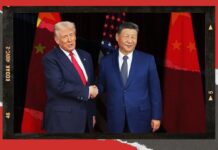


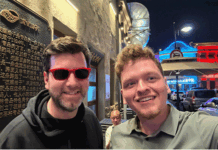


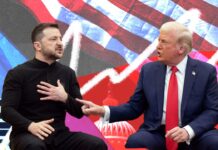

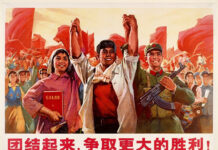

[…] CIA Has Been Working to Overthrow the People’s Republic of China (PRC) Since 1949 covert action […]
[…] new book by John Delury,[1] Agents of Subversion: The Fate of John T. Downey and the CIA’s Covert War in China (Ithaca: […]
President Nixon visited China in early 1972.
This was around the time that the CIA planned to assassinate him.
The plot failed because Edwin Kaiser pulled out when he was told who the target would be.
Confirmation of the assassination plot against Nixon came in an interview that Frank Sturgis gave to Bill O’Reilly in 1977 (available on YouTube):
“He’s lucky he didn’t get killed. He’s lucky he didn’t get assassinated like President Kennedy got assassinated.”